Don’t purchase anything until you have the entire room worked out — the rug, furniture, window treatments and lighting. While it’s not necessary to identify the precise pieces, you should have a sense of what you want each piece to look like. In fact, you might even want to assemble a project board, with clippings of the kinds of pieces you’re looking for.
But how can you know what pieces you want until you get a sense of what’s available? This is the time to do a little reconnaissance. Visit your local to-the-trade design center (most allow consumers to look, though not necessarily to buy) and get a sense of current styles, what’s available and what you like. Spend some time on Houzz, pick up a bunch of design magazines and visit stores and antiques shops.
Some designers advocate buying big pieces first. Whether you buy them first or last, it’s usually a good idea to keep those furnishings understated. Keep your fabrics a little on the neutral side, and then bring the color in on your walls and your throw pillows.
Comfort is critical. Don’t be afraid to sink your money into seating.
Upholstered pieces are a relatively large investment, so you’ll want things that will last through changes in your lifestyle and taste. As a rule, it’s best to go with simple, clean lines. And don’t fret too much about whether furnishings will go together. Generally speaking, if you like the pieces, they’ll work together. Pick something because you like it. Don’t worry about why and where it’s going to go.
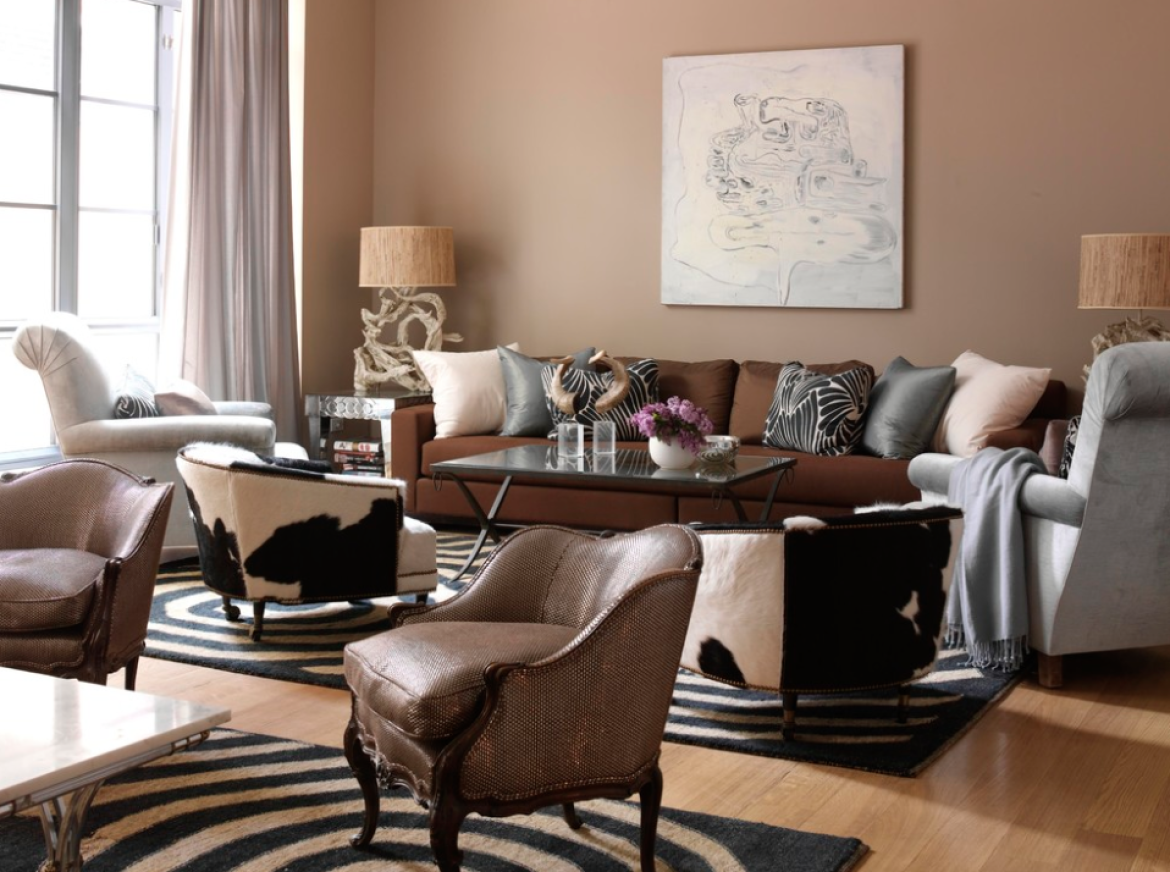
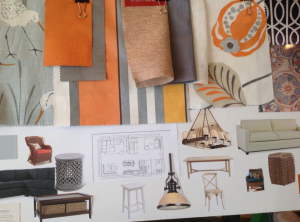
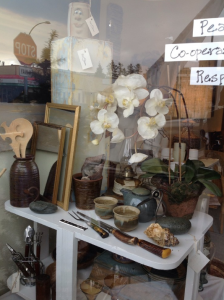
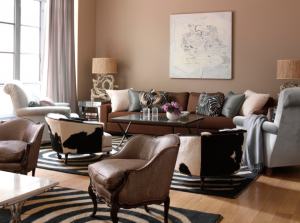
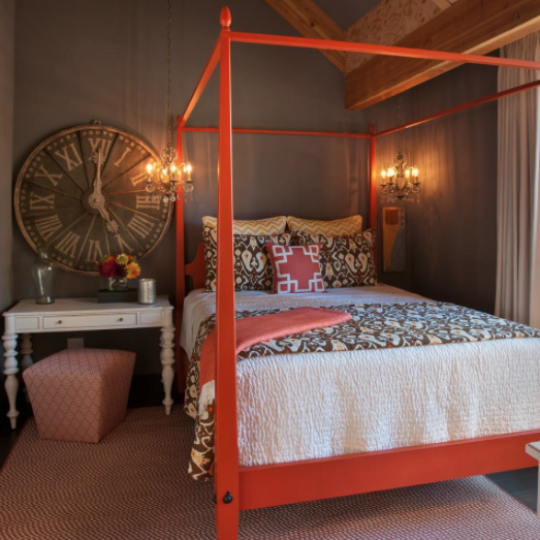


Sorry, the comment form is closed at this time.